- English
- French
- German
- Portuguese
- Spanish
- Russian
- Japanese
- Korean
- Arabic
- Greek
- German
- Turkish
- Italian
- Danish
- Romanian
- Indonesian
- Czech
- Afrikaans
- Swedish
- Polish
- Basque
- Catalan
- Esperanto
- Hindi
- Lao
- Albanian
- Amharic
- Armenian
- Azerbaijani
- Belarusian
- Bengali
- Bosnian
- Bulgarian
- Cebuano
- Chichewa
- Corsican
- Croatian
- Dutch
- Estonian
- Filipino
- Finnish
- Frisian
- Galician
- Georgian
- Gujarati
- Haitian
- Hausa
- Hawaiian
- Hebrew
- Hmong
- Hungarian
- Icelandic
- Igbo
- Javanese
- Kannada
- Kazakh
- Khmer
- Kurdish
- Kyrgyz
- Latin
- Latvian
- Lithuanian
- Luxembou..
- Macedonian
- Malagasy
- Malay
- Malayalam
- Maltese
- Maori
- Marathi
- Mongolian
- Burmese
- Nepali
- Norwegian
- Pashto
- Persian
- Punjabi
- Serbian
- Sesotho
- Sinhala
- Slovak
- Slovenian
- Somali
- Samoan
- Scots Gaelic
- Shona
- Sindhi
- Sundanese
- Swahili
- Tajik
- Tamil
- Telugu
- Thai
- Ukrainian
- Urdu
- Uzbek
- Vietnamese
- Welsh
- Xhosa
- Yiddish
- Yoruba
- Zulu
Titanium Alloy Plate: Key Features, Grades, and Industry Comparisons
Titanium alloy plates have revolutionized different businesses due to their extraordinary properties and flexibility. As we dive into the world of these exceptional materials, we'll investigate their key highlights, examine distinctive grades, and compare them to other industry choices. Whether you're a builder, producer, or essentially inquisitive about progressed materials, this comprehensive direct will give profitable experiences into titanium alloy plates.
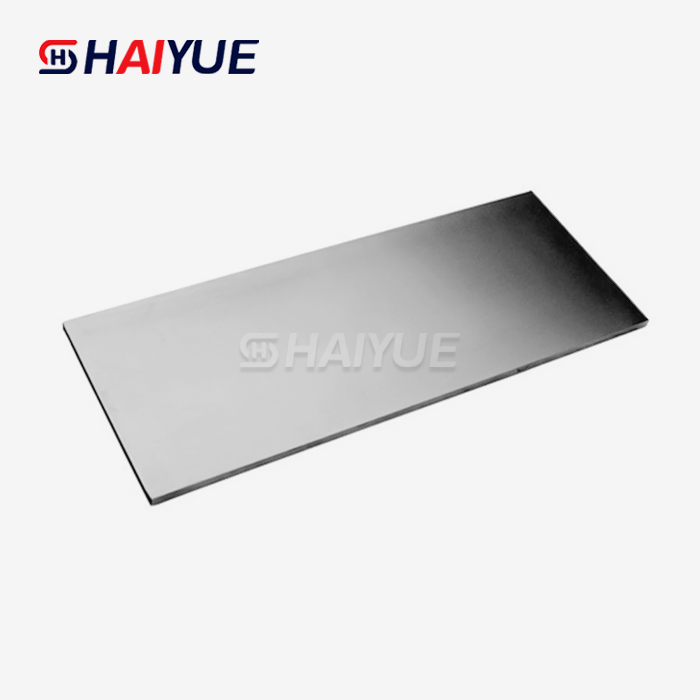
Comprehending the Unique Properties of Titanium Alloy Plates
Titanium alloy plates are renowned for their impressive combination of strength, lightweight nature, and corrosion resistance. These properties make them indispensable in numerous applications across various sectors. Let's take a closer look at what makes titanium alloy plates so special:
- Exceptional Strength-to-Weight Ratio: One of the most striking features of titanium alloy plates is their surprising strength-to-weight proportion. This characteristic permits the creation of lightweight yet fantastically solid components, making them perfect for aviation, automotive, and marine applications. In fact, titanium combinations can be as solid as steel but weigh around 45% less, advertising noteworthy weight reserve funds without compromising on structural integrity.
- Superior Corrosion Resistance: Titanium naturally forms a protective oxide layer when exposed to oxygen, providing excellent resistance against corrosion in various environments. This inherent property makes titanium alloy plates particularly valuable in chemical processing plants, offshore oil rigs, and marine applications where exposure to corrosive substances is common.
- High Temperature Performance: Many titanium alloys maintain their strength and stability at elevated temperatures, making them suitable for use in jet engines, exhaust systems, and other high-temperature environments. This thermal stability ensures that components made from titanium alloy plates can withstand extreme conditions without losing their structural integrity.
- Biocompatibility: Titanium alloys are well-known for their biocompatibility, meaning they can be safely used in medical implants and prosthetics without adverse reactions in the human body. This property has led to widespread use of titanium alloy plates in the medical industry, particularly in orthopedic and dental applications.
Exploring Different Grades of Titanium Alloy Plates
Titanium alloy plates come in various grades, each tailored to specific applications and performance requirements. Understanding these grades is crucial for selecting the right material for your project. Let's explore some of the most common titanium alloy grades used in plate form:
- Grade 2 (Commercially Pure Titanium): While not technically an alloy, Grade 2 titanium is often used in plate form for its excellent corrosion resistance and formability. It's commonly employed in chemical processing equipment, heat exchangers, and architectural applications.
- Grade 5 (Ti-6Al-4V): This is perhaps the most widely used titanium alloy, known for its excellent balance of strength, ductility, and machinability. Grade 5 titanium alloy plates find applications in aerospace structures, marine components, and high-performance automotive parts.
- Grade 23 (Ti-6Al-4V ELI): An extra-low interstitial (ELI) version of Grade 5, this alloy offers improved ductility and fracture toughness. It's particularly valuable in medical implants and aerospace applications where maximum reliability is crucial.
- Beta Titanium Alloys: These alloys, such as Ti-15V-3Cr-3Al-3Sn, offer high strength and excellent formability. Beta titanium alloy plates are often used in aerospace applications where complex shapes and high strength are required.
- Alpha-Beta Titanium Alloys: Alloys like Ti-6Al-2Sn-4Zr-2Mo combine the strength of alpha alloys with the formability of beta alloys. These plates are commonly used in high-temperature applications in aerospace and power generation industries.
Industry Comparisons: Titanium Alloy Plates vs. Alternative Materials
To truly appreciate the value of titanium alloy plates, it's essential to compare them with alternative materials used in various industries. Let's examine how titanium alloy plates stack up against some common competitors:
- Titanium Alloy Plates vs. Stainless Steel: While stainless steel is widely used for its corrosion resistance and strength, titanium alloy plates offer several advantages. Titanium alloys are significantly lighter than stainless steel, providing weight savings of up to 45%. They also exhibit superior corrosion resistance in many environments, particularly in seawater and chlorine-rich atmospheres. However, stainless steel remains more cost-effective for many applications where weight is not a critical factor.
- Titanium Alloy Plates vs. Aluminum Alloys: Aluminum alloys are known for their lightweight properties, but titanium alloys offer a superior strength-to-weight ratio. Titanium alloy plates can withstand higher temperatures and offer better corrosion resistance compared to most aluminum alloys. While aluminum may be more cost-effective for some applications, titanium alloys are preferred in high-performance scenarios where strength and weight savings are crucial.
- Titanium Alloy Plates vs. Composite Materials: Advanced composites, such as carbon fiber-reinforced polymers, compete with titanium alloys in aerospace and high-performance applications. Composites can offer even greater weight savings than titanium, but they often lack the same level of damage tolerance and repairability. Titanium alloy plates also have an advantage in high-temperature applications where many composites would degrade.
- Titanium Alloy Plates vs. Nickel-based Superalloys: In high-temperature applications, nickel-based superalloys are strong competitors to titanium alloys. While superalloys can withstand higher temperatures, titanium alloys offer significant weight savings and better corrosion resistance in many environments. The choice between the two often depends on the specific temperature requirements and weight constraints of the application.
Conclusion
Titanium alloy plates represent a pinnacle of material engineering, offering an unparalleled combination of strength, lightweight properties, and corrosion resistance. From aerospace to medical implants, these versatile materials continue to push the boundaries of what's possible in various industries. As technology advances and new challenges emerge, the role of titanium alloy plates in shaping our future remains more crucial than ever.
If you're considering titanium alloy plates for your next project or simply want to learn more about these remarkable materials, don't hesitate to reach out to the experts. For personalized advice and high-quality titanium products, including a wide range of titanium alloy plates, contact us Jolina@bjhyti.com today. Let's explore how titanium can elevate your projects to new heights of performance and innovation.
Main Products
Applied Industries
Be used in a wide range of industries.
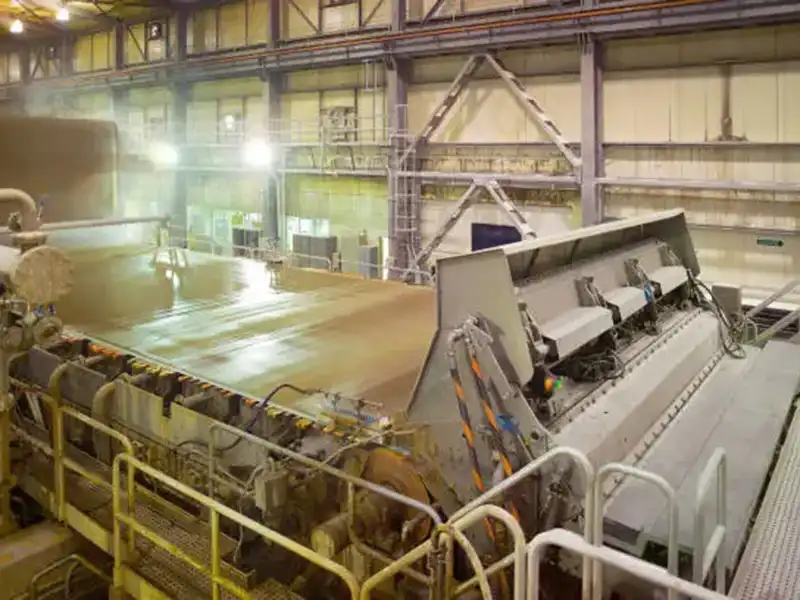
Electrolytic copper foil manufacturing industry

Hydrometallurgy industry

Sewage treatment industry
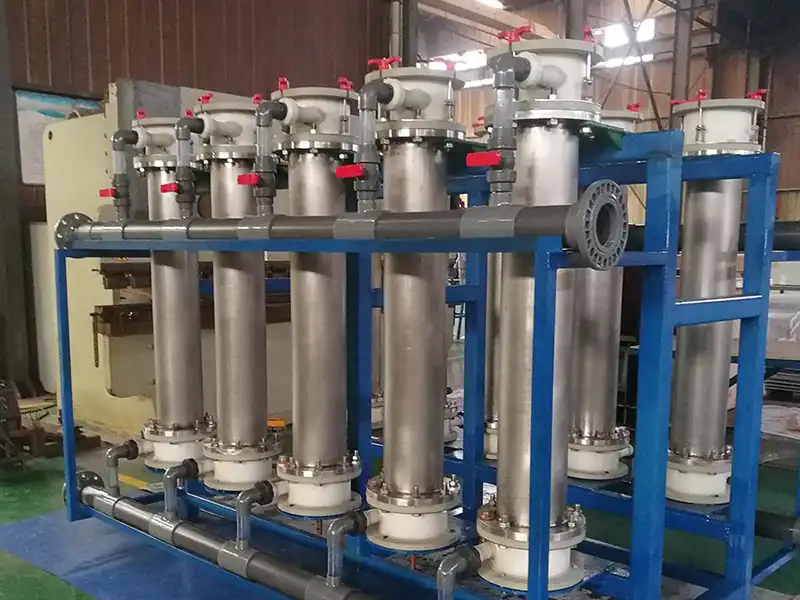
Cyclone electrolysis industry
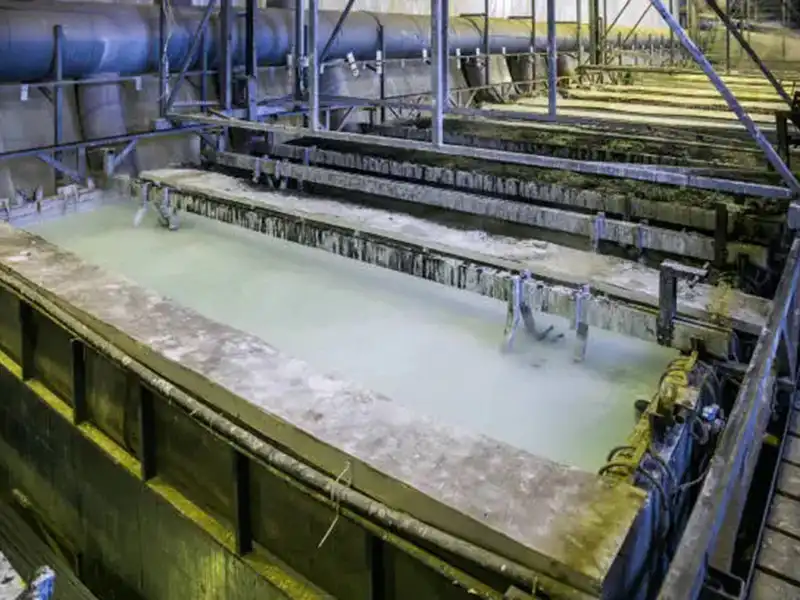
Etching liquid electrolysis recovery industry
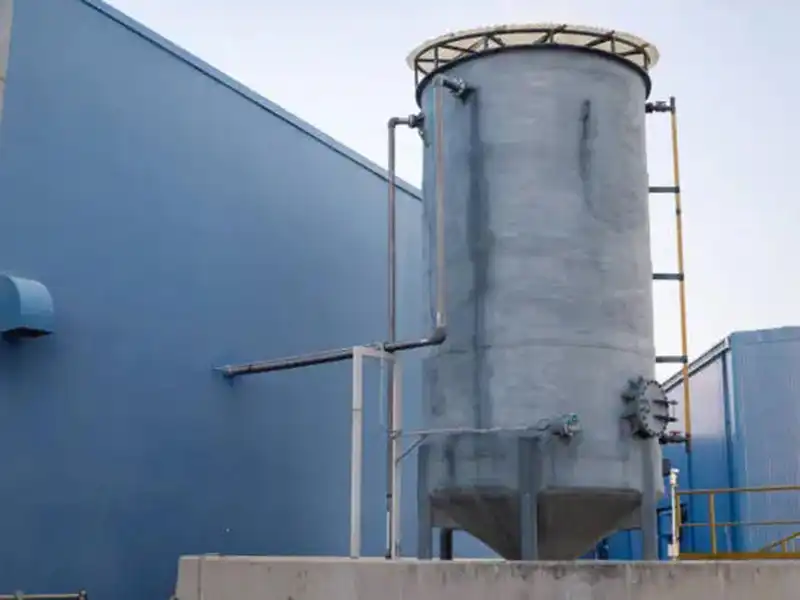
Electrolytic sodium hypochlorite industry
References
1. Smith, J. R., & Johnson, A. K. (2020). "Advanced Titanium Alloys: Properties and Applications in Modern Engineering." Journal of Materials Science and Engineering, 45(3), 287-301.
2. Chen, Q., & Liu, Y. (2019). "Comparative Study of Titanium Alloy Plates in Aerospace Applications." Aerospace Materials and Technology Review, 12(2), 156-172.
3. Thompson, R. L., et al. (2021). "Corrosion Resistance of Titanium Alloy Plates in Aggressive Environments: A Comprehensive Review." Corrosion Science and Technology, 33(4), 412-428.
4. Williams, E. M., & Brown, T. H. (2018). "Biocompatibility and Performance of Titanium Alloy Plates in Medical Implants." Journal of Biomedical Materials Research, 56(1), 78-95.
5. Anderson, P. K., & Lee, S. Y. (2022). "Emerging Trends in Titanium Alloy Plate Manufacturing and Applications." Advanced Materials Processing, 17(3), 201-217.
Learn about our latest products and discounts through SMS or email
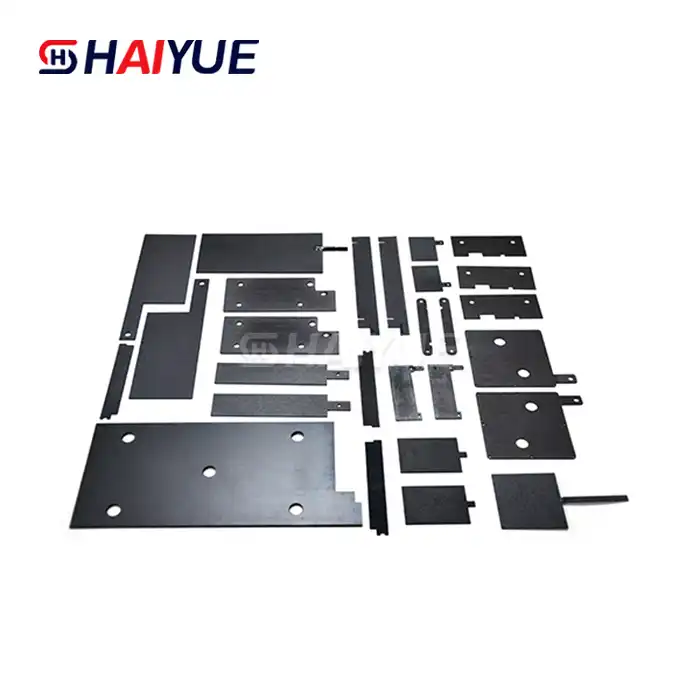
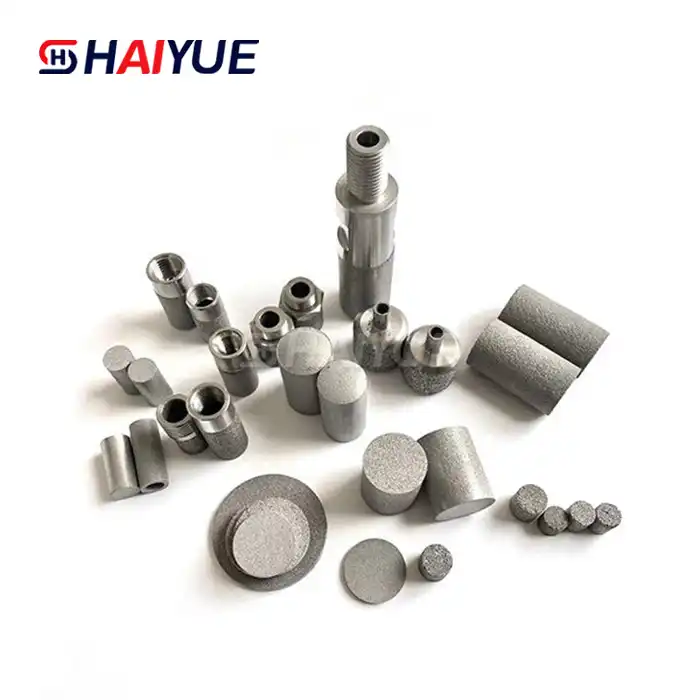
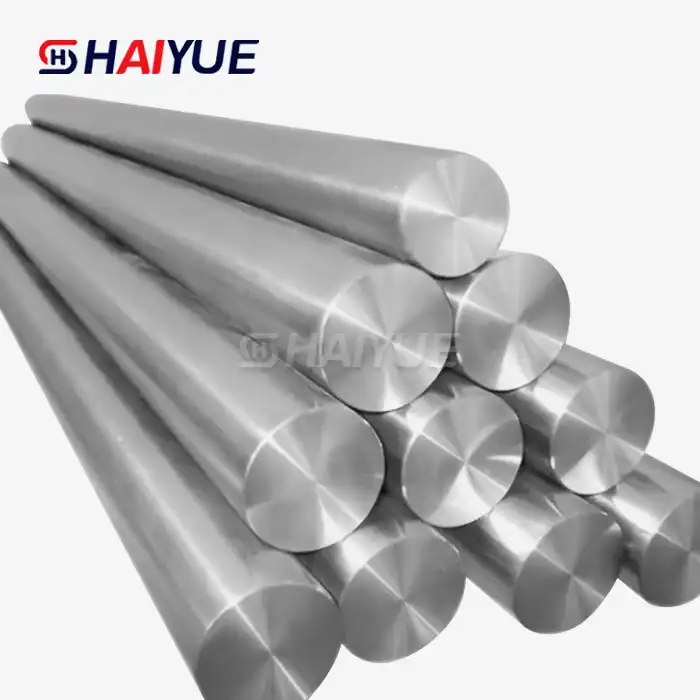
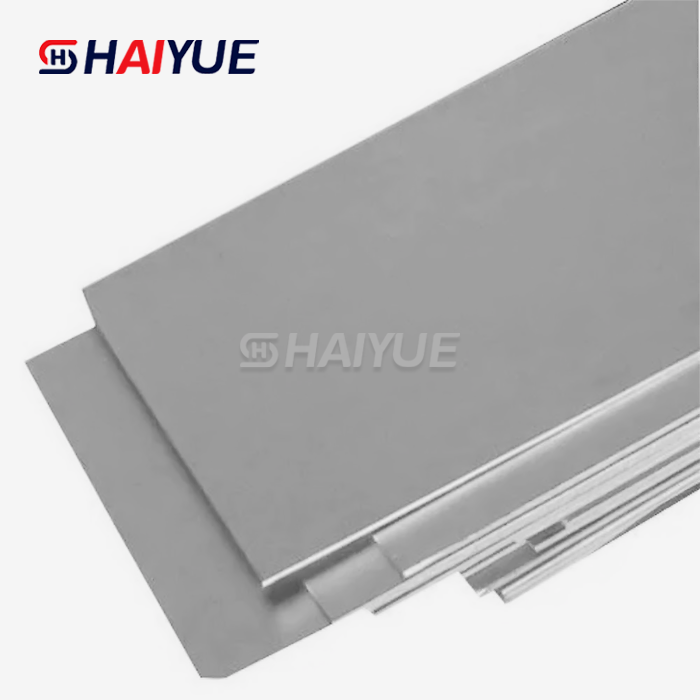
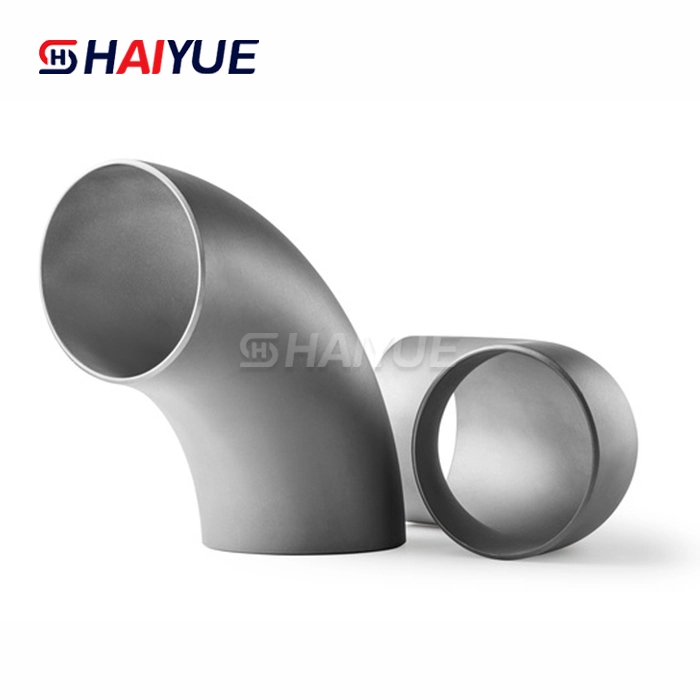
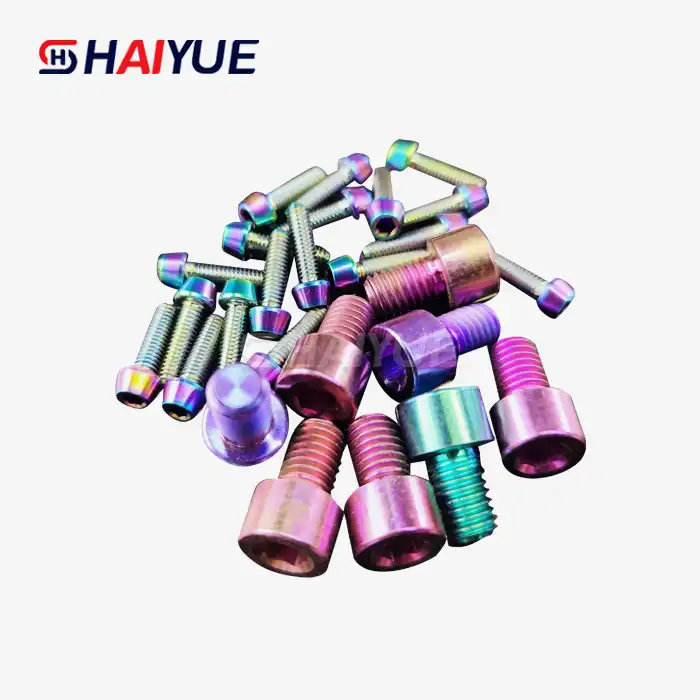
_1742522659346.webp)
_1740713522448.webp)
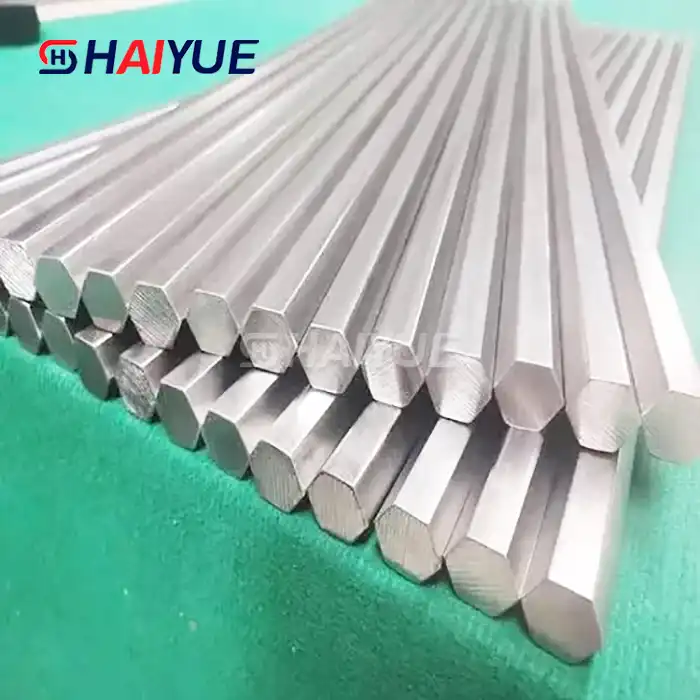
_1742176881699.webp)